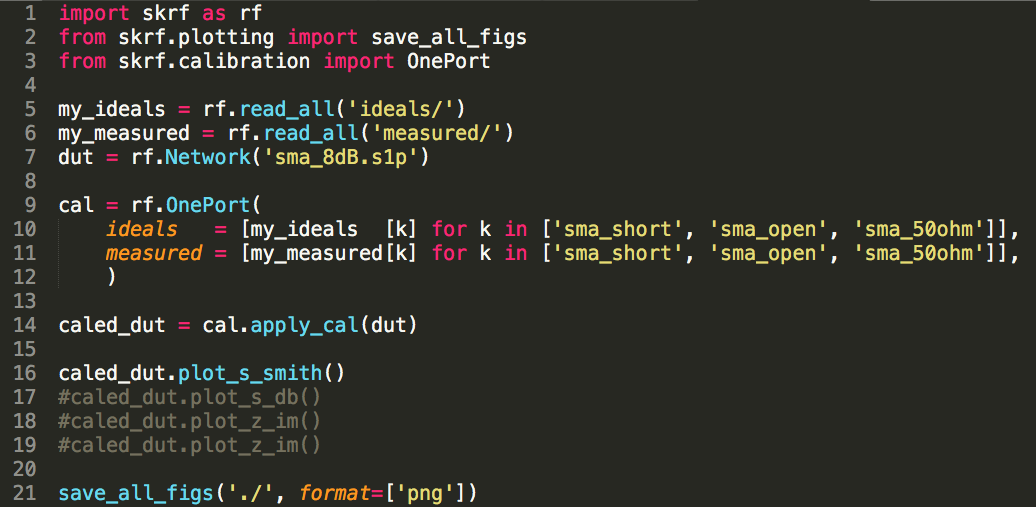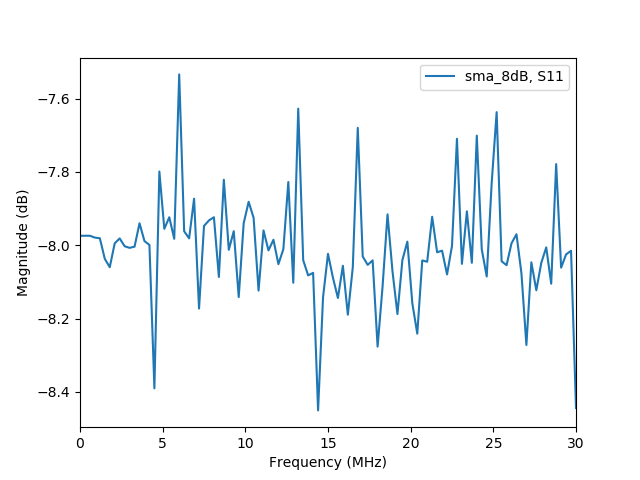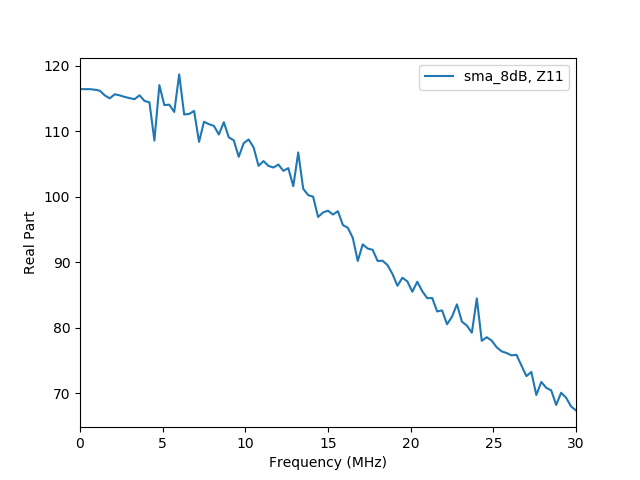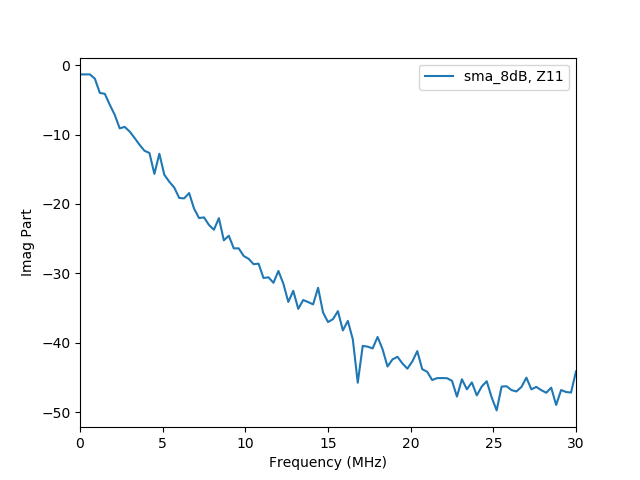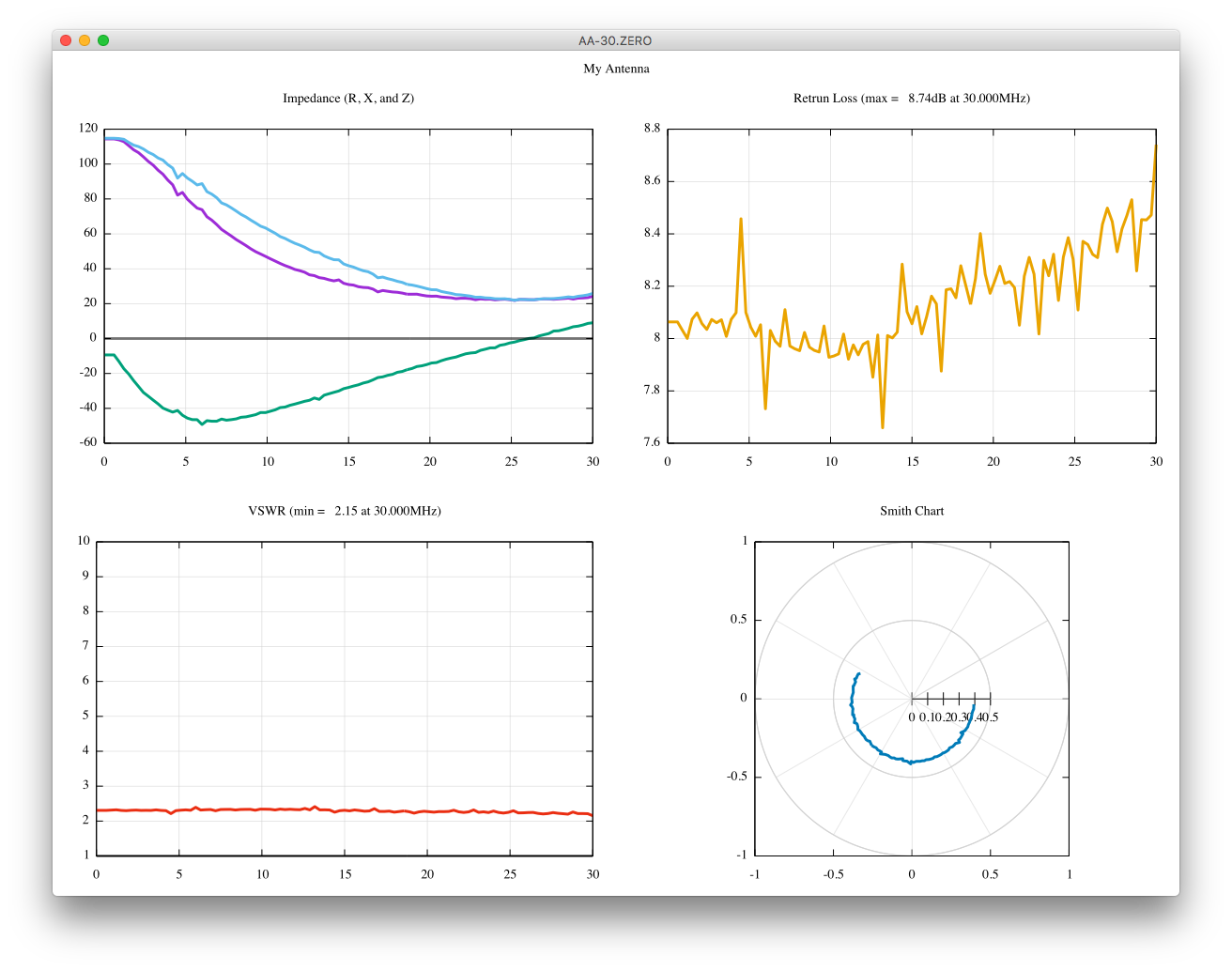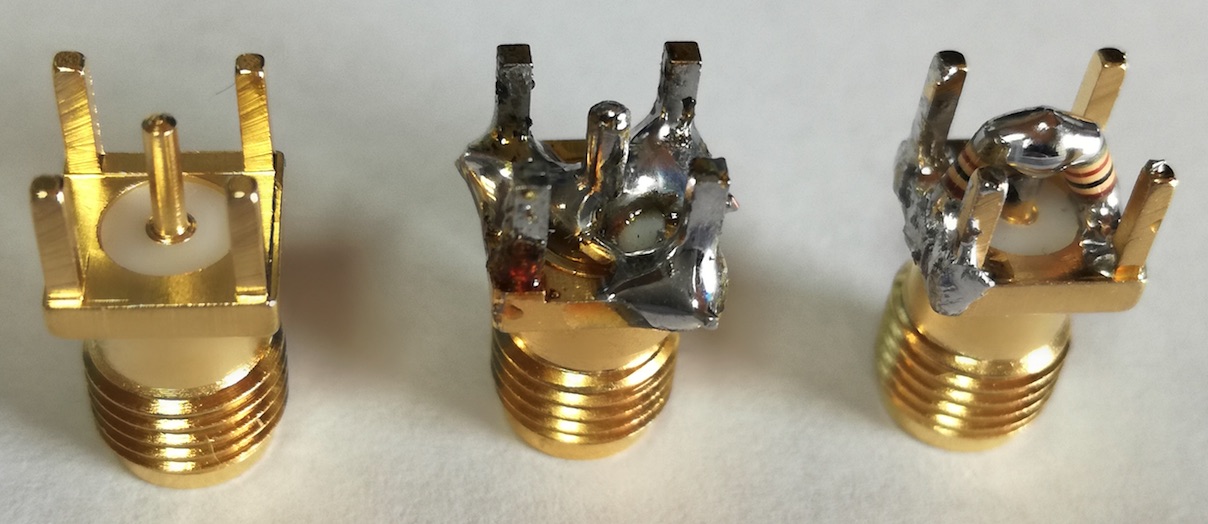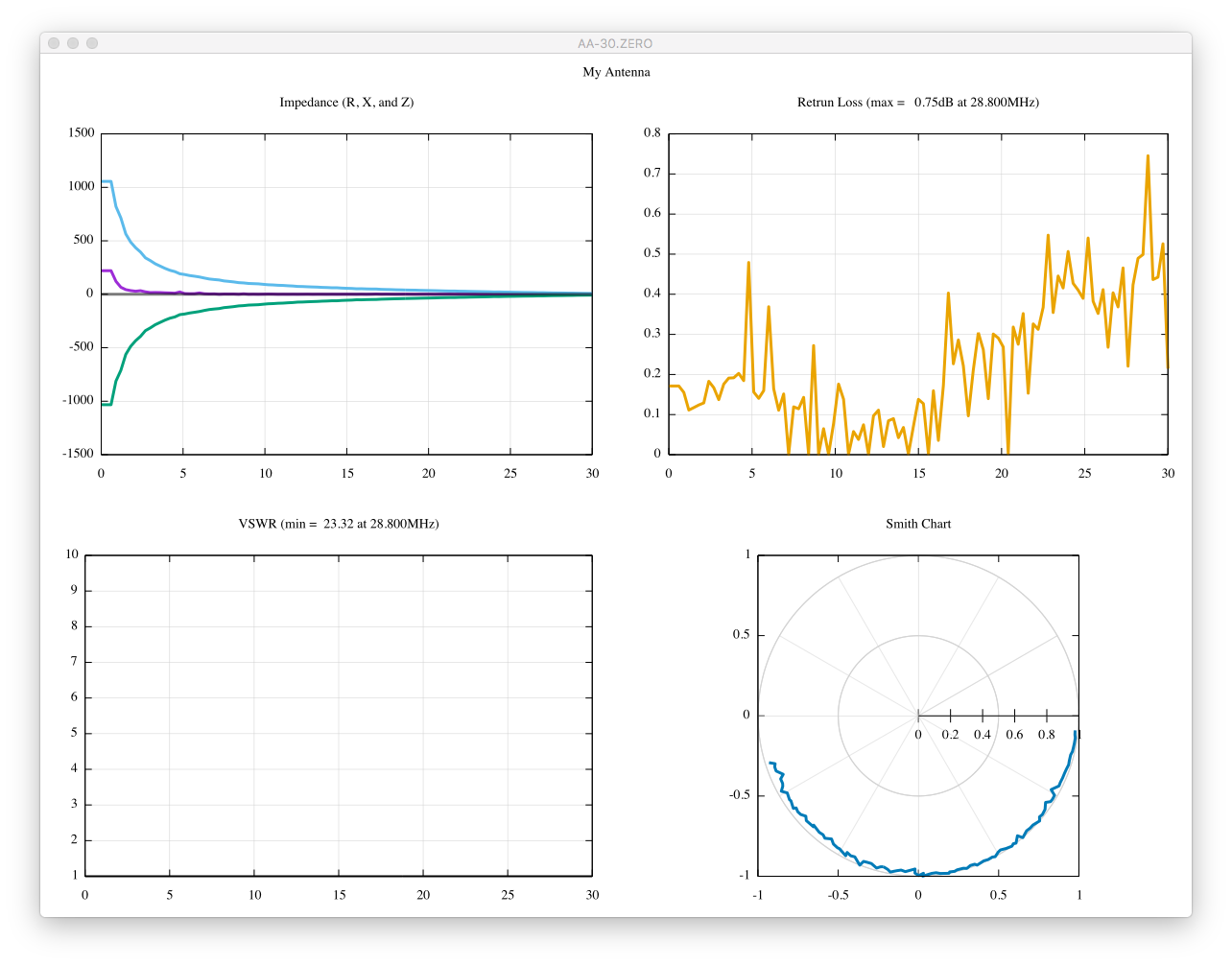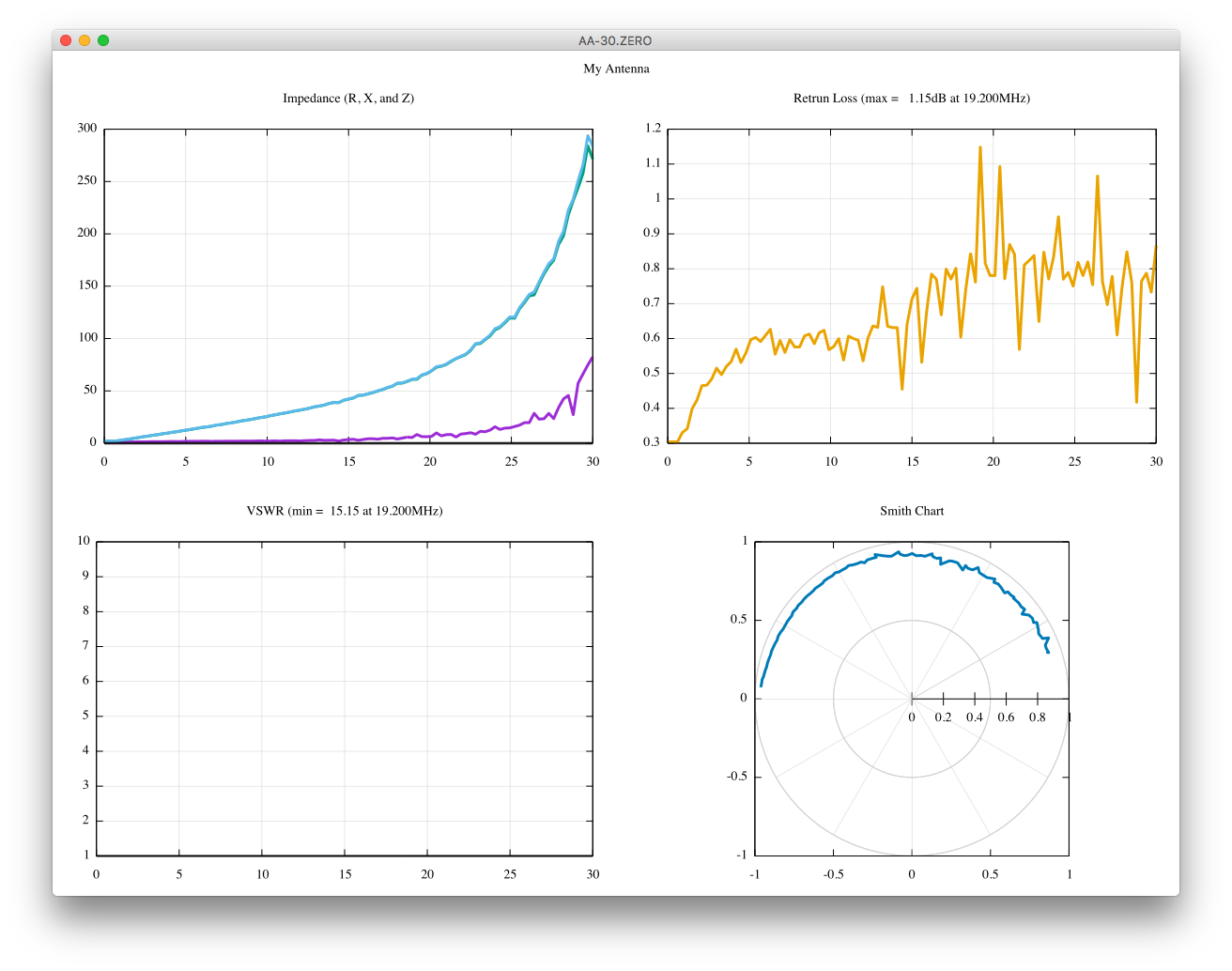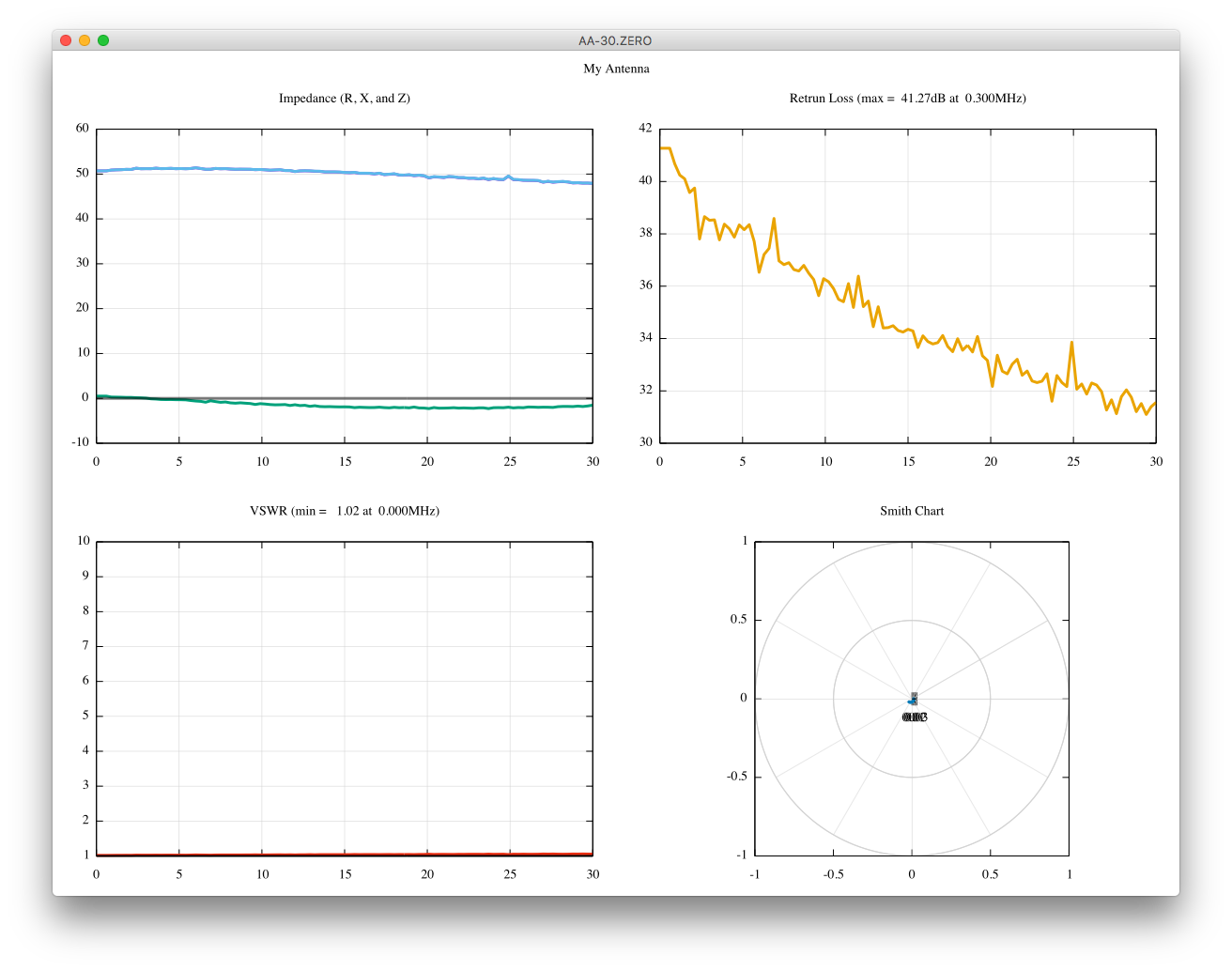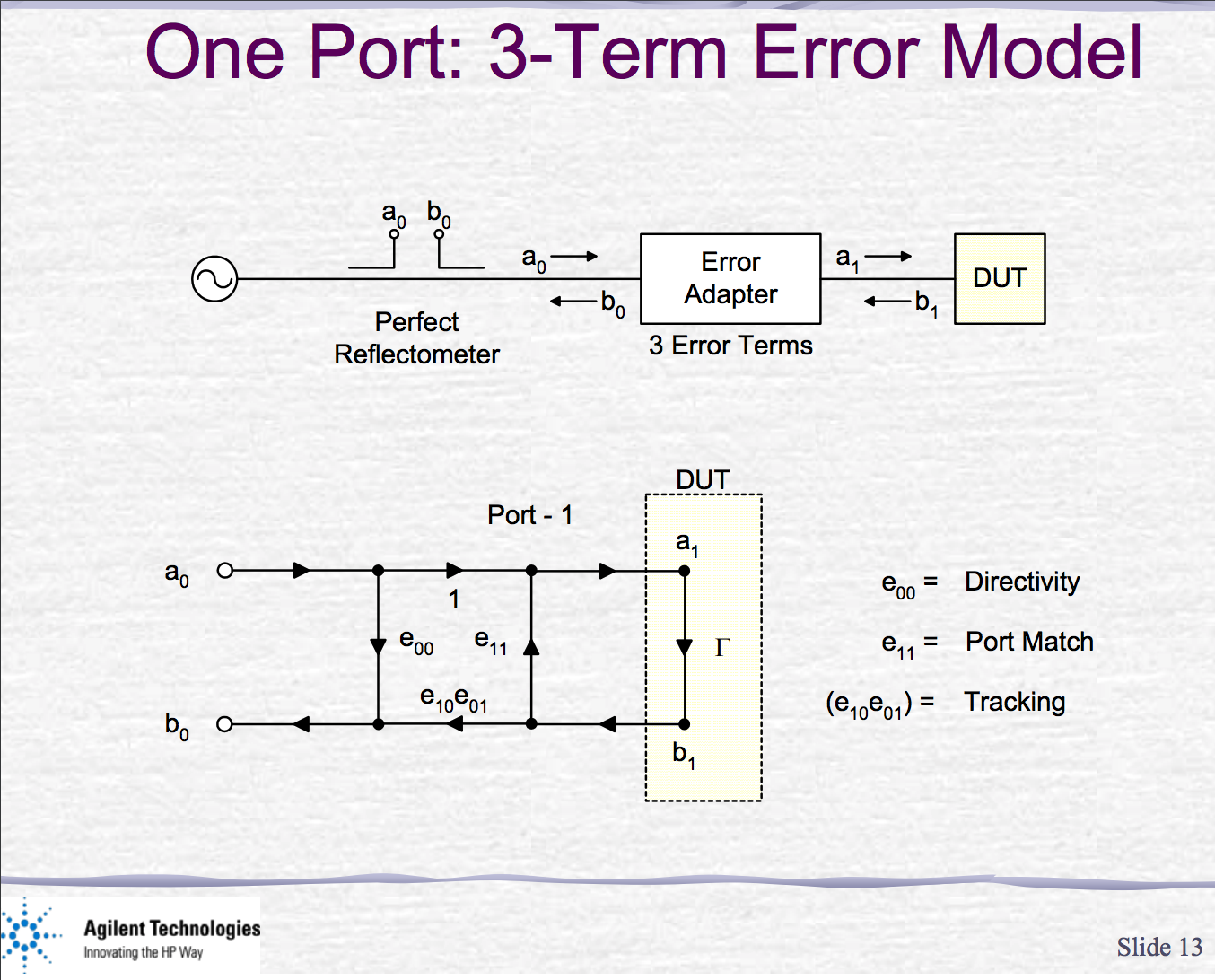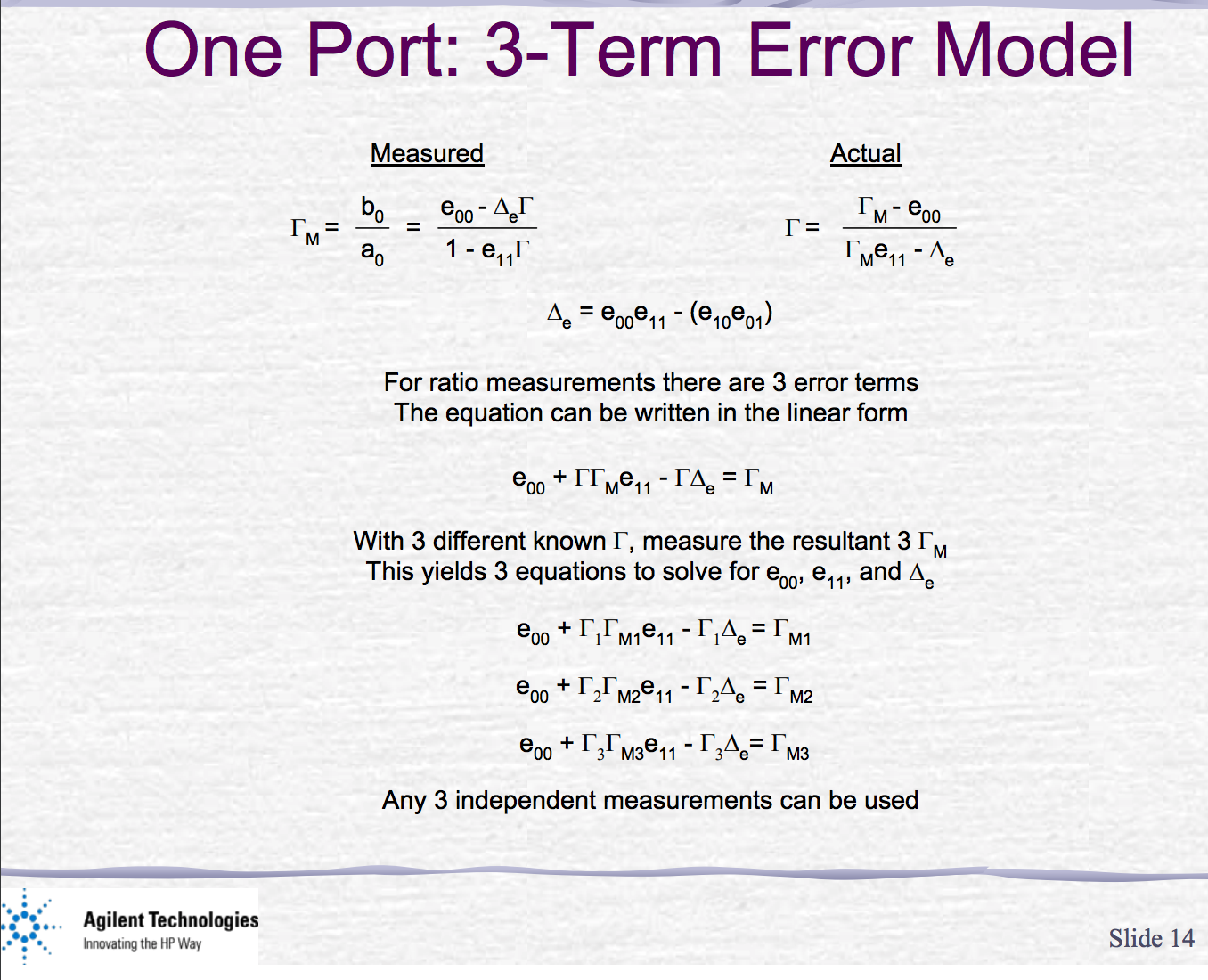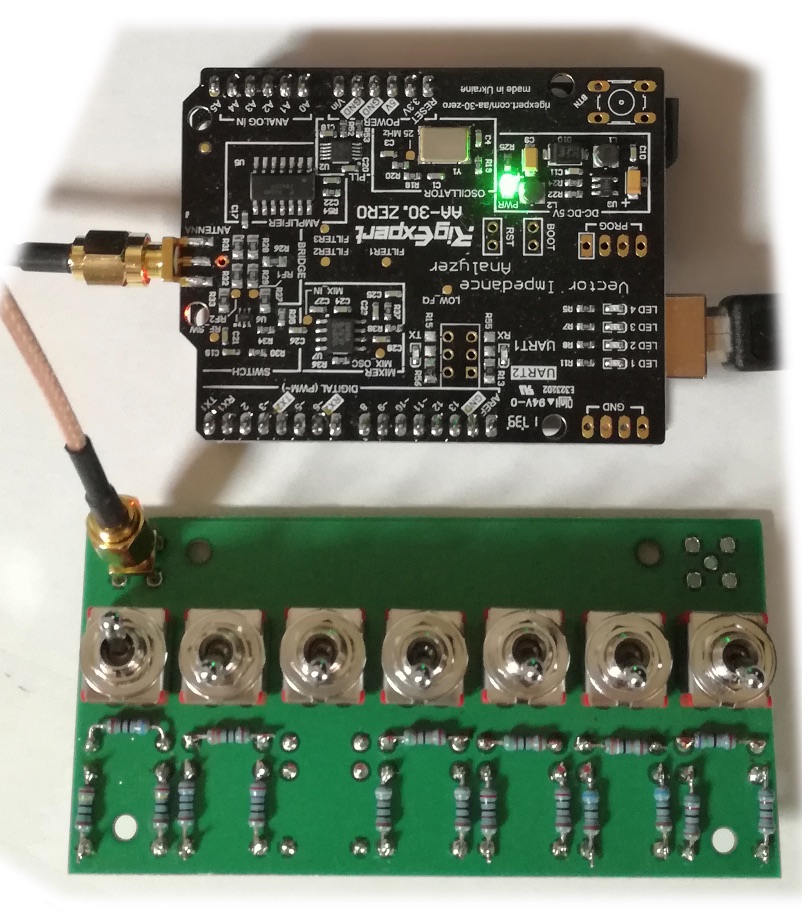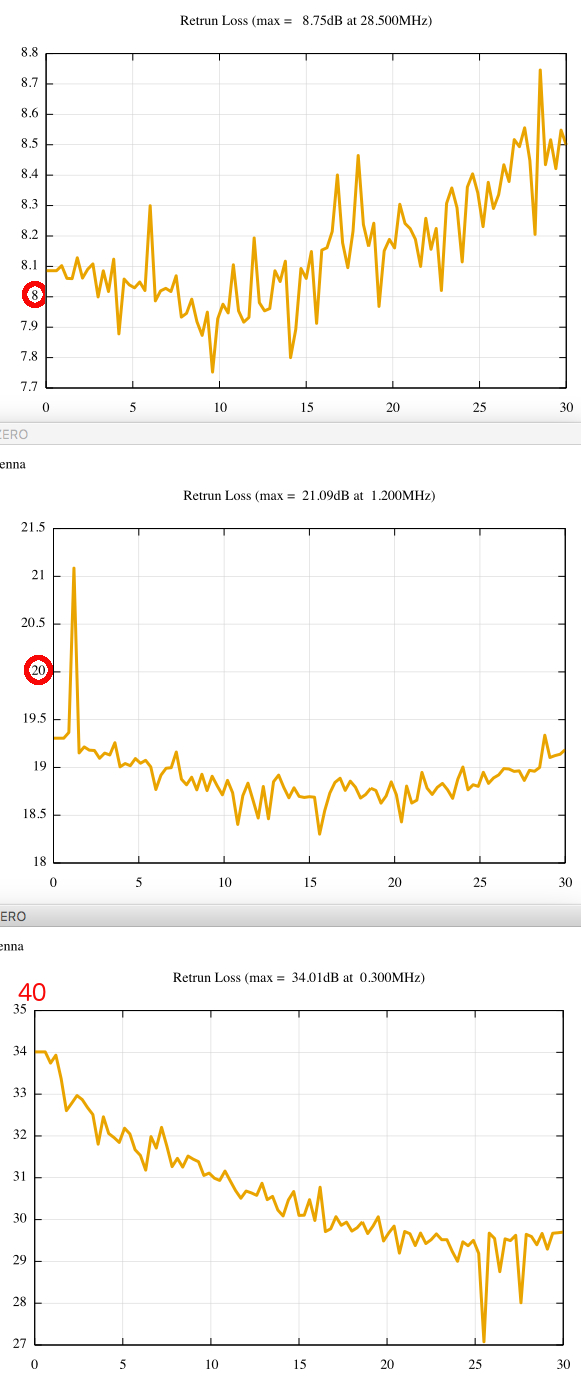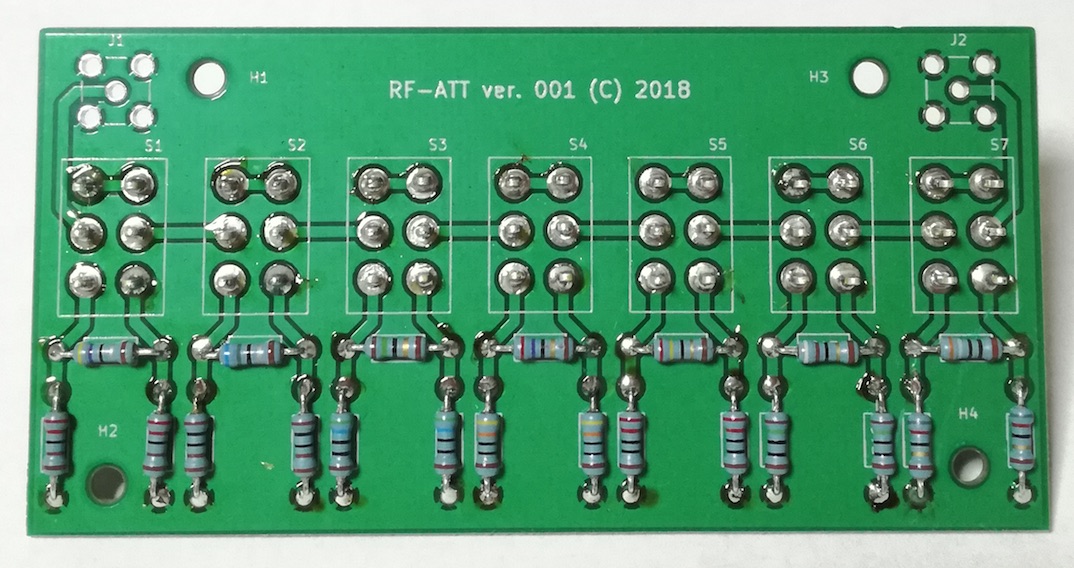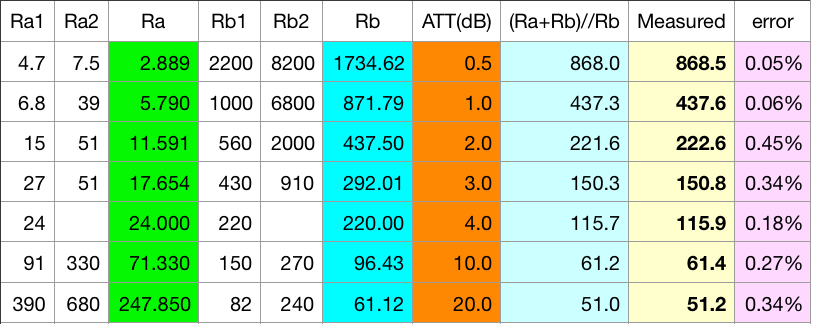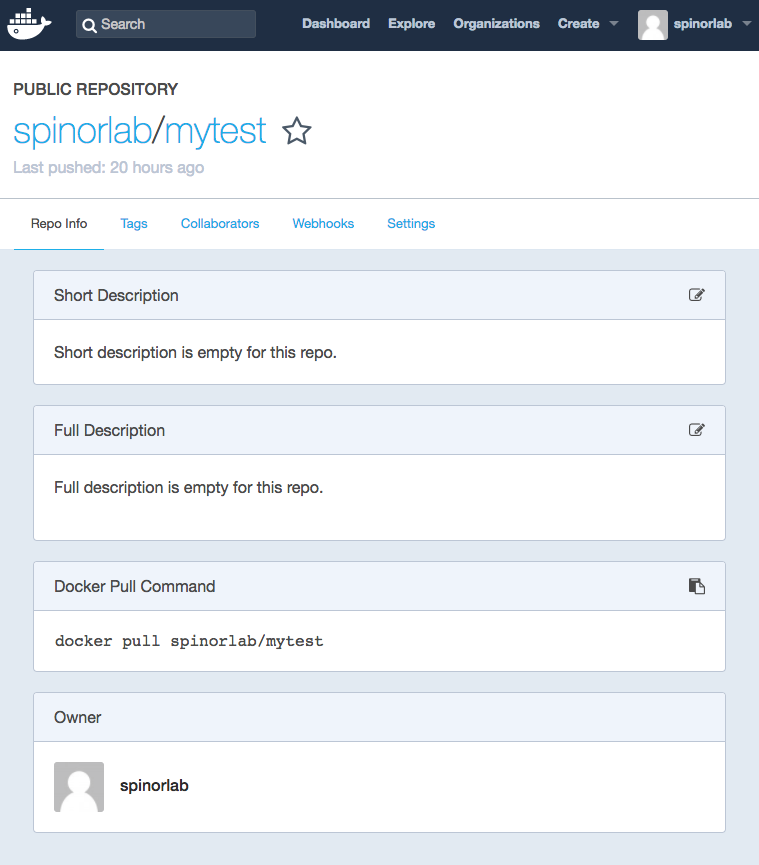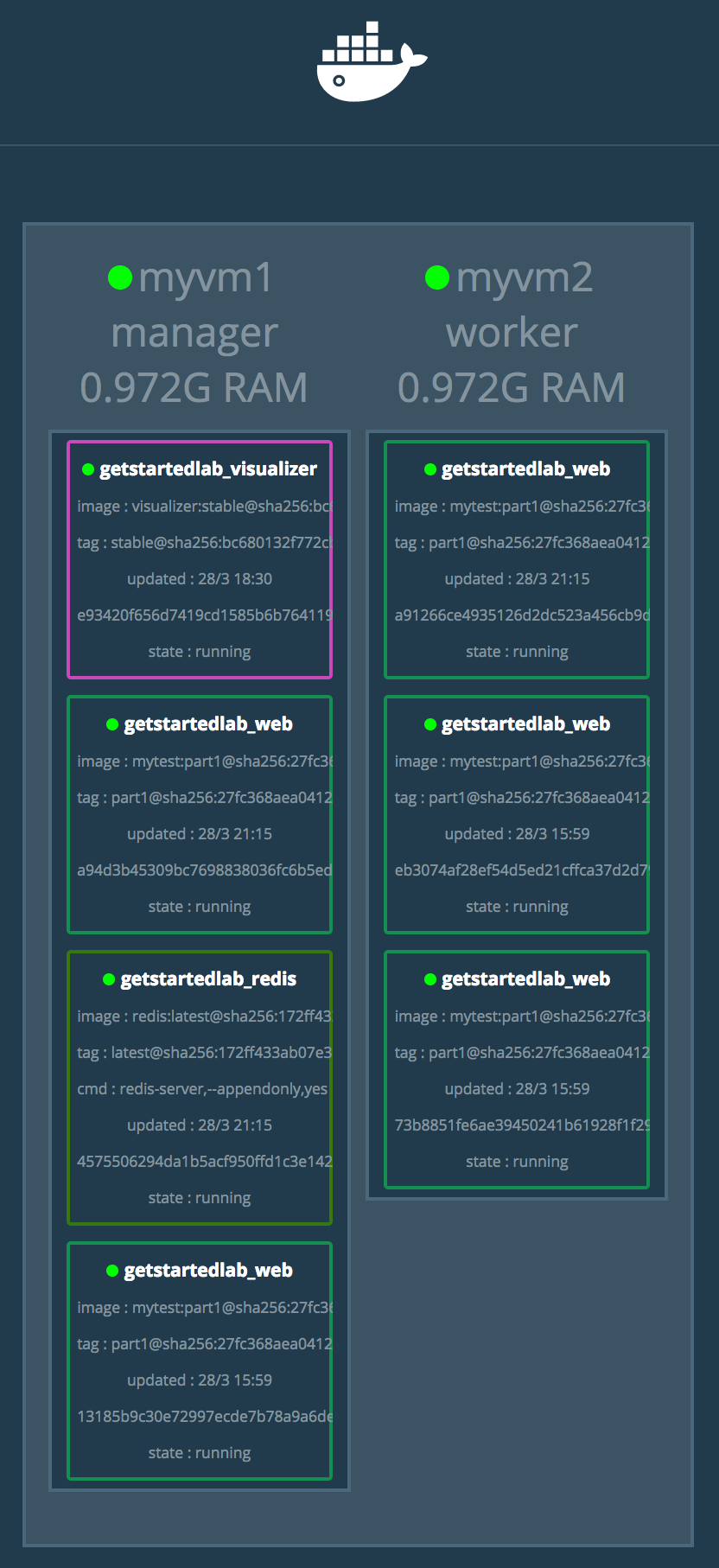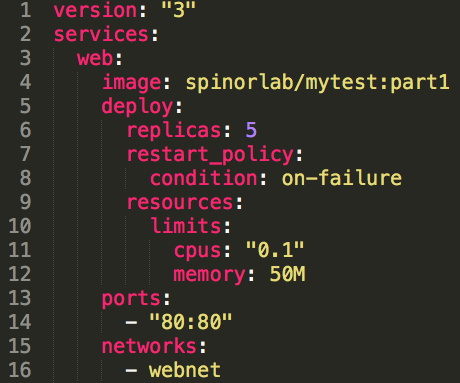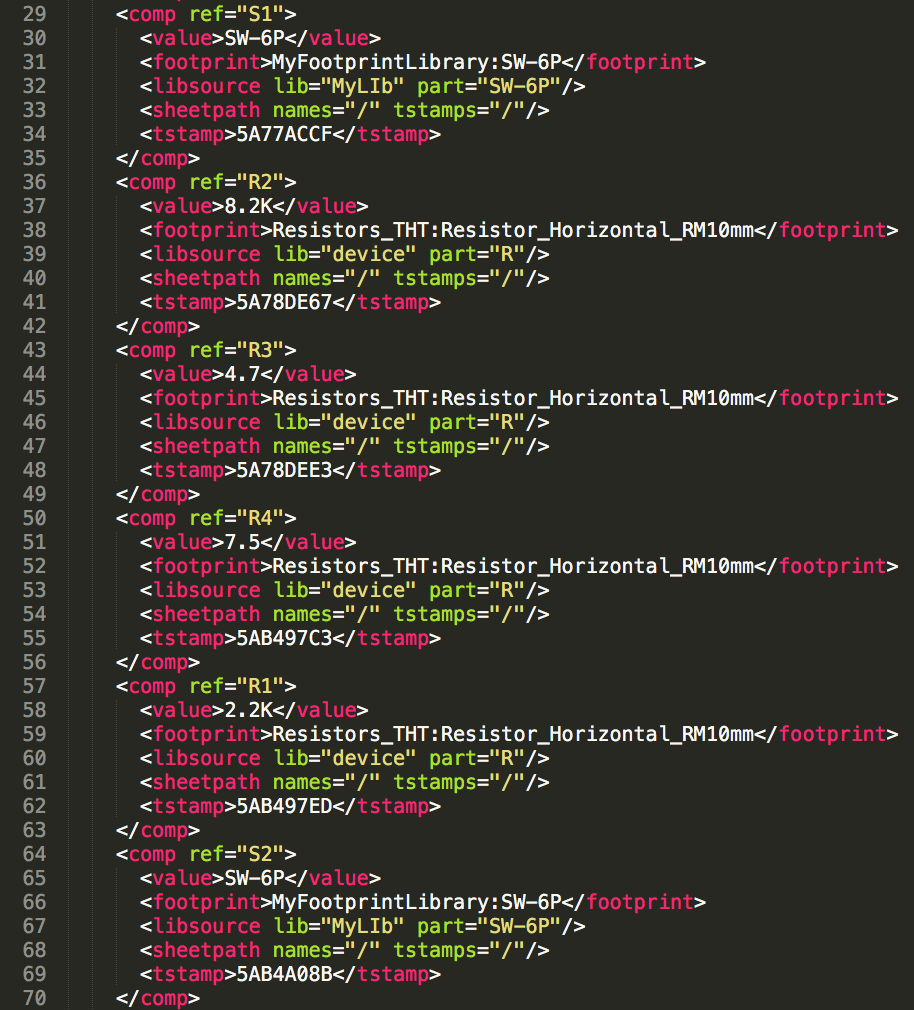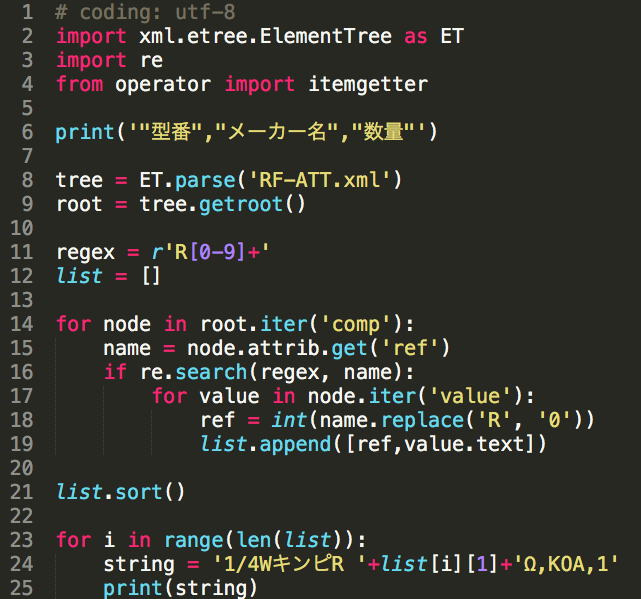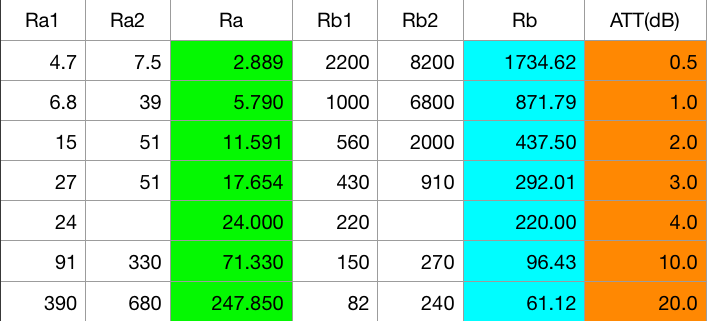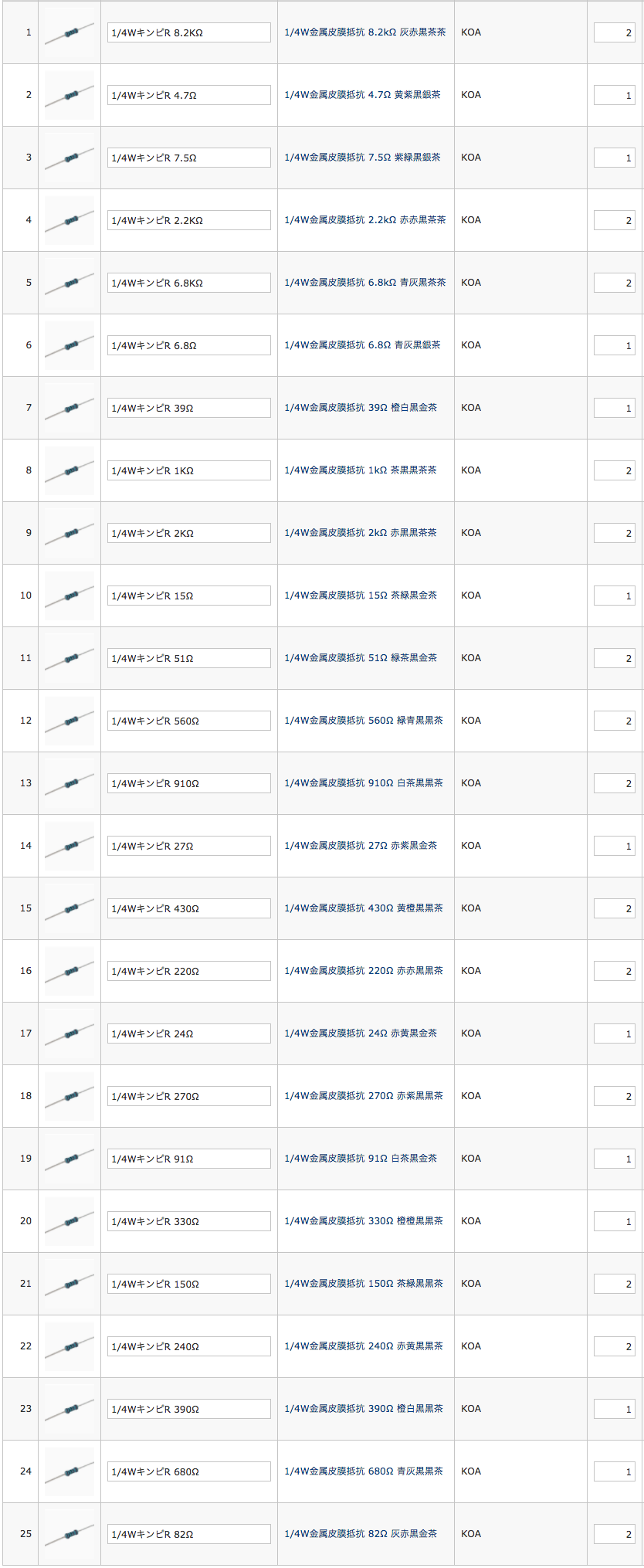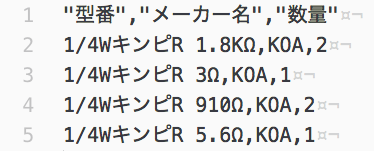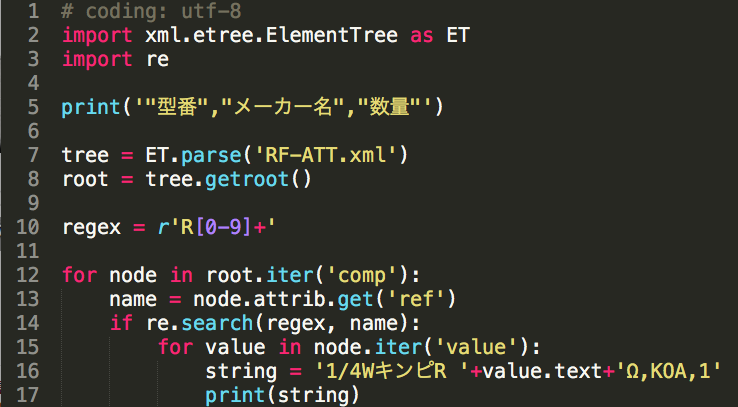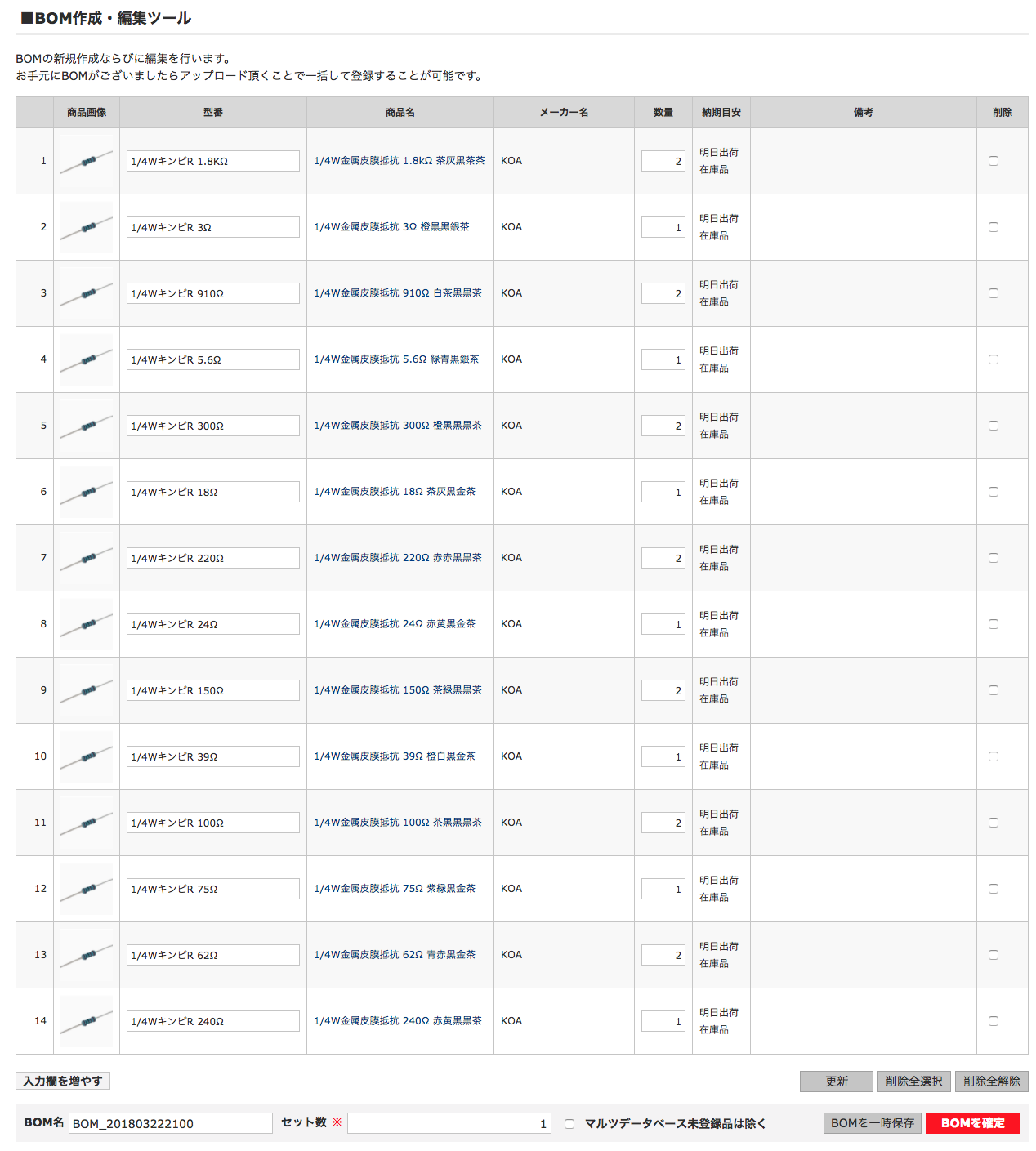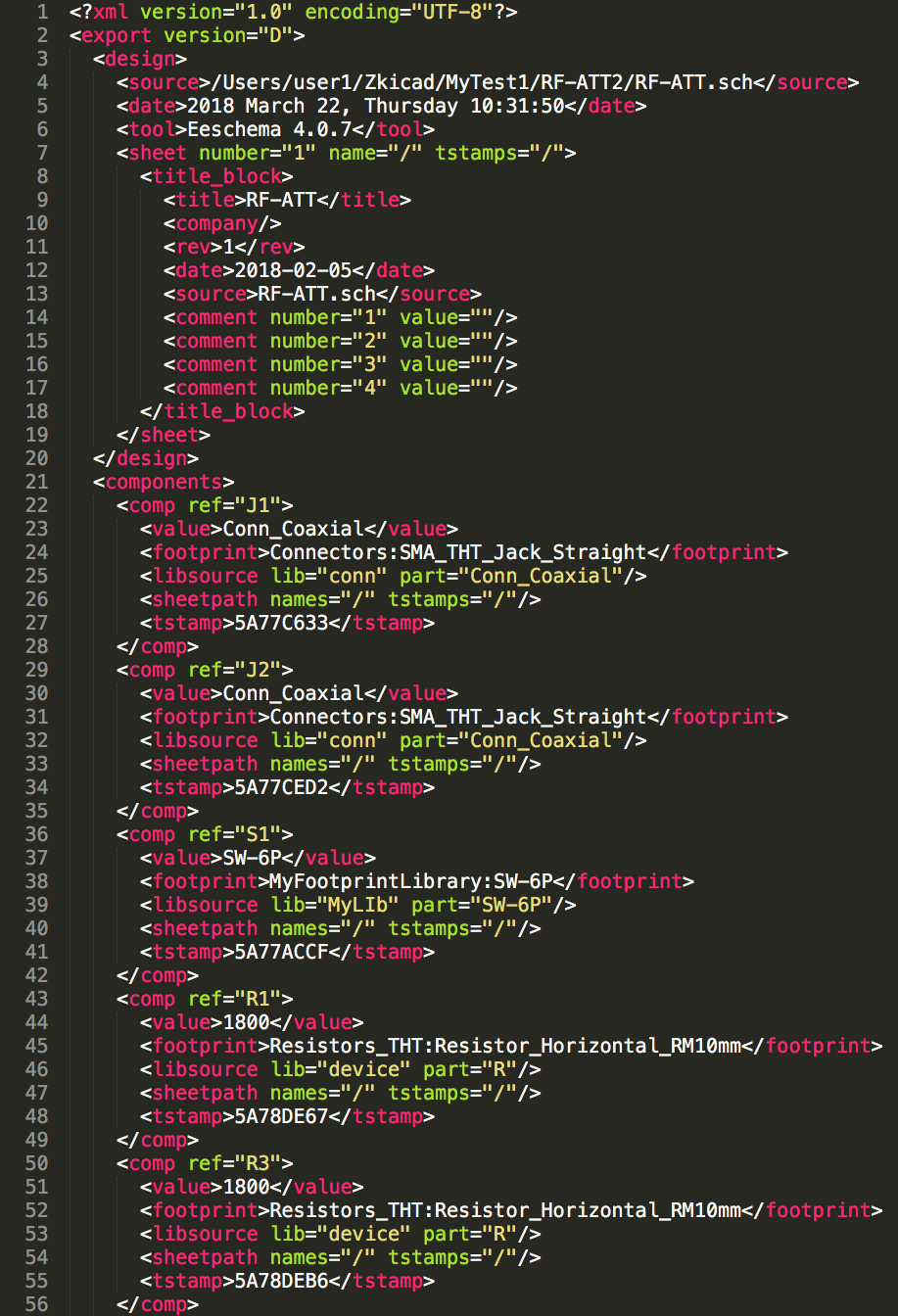I am not very sure if I am doing one port calibration correctly using scikit-rf.
import skrf as rf
from skrf.plotting import save_all_figs
from skrf.calibration import OnePort
my_ideals = rf.read_all('ideals/')
my_measured = rf.read_all('measured/')
dut = rf.Network('sma_8dB.s1p')
cal = rf.OnePort(
ideals = [my_ideals [k] for k in ['sma_short', 'sma_open', 'sma_50ohm']],
measured = [my_measured[k] for k in ['sma_short', 'sma_open', 'sma_50ohm']],
)
caled_dut = cal.apply_cal(dut)
caled_dut.plot_s_smith()
#caled_dut.plot_s_db()
#caled_dut.plot_z_im()
#caled_dut.plot_z_im()
save_all_figs('./', format=['png'])
$ ls -l ./ideals/ ./measured/ ./ideals/: total 24 -rw-r--r-- 1 user1 staff 869 Mar 31 20:02 sma_50ohm.s1p -rw-r--r-- 1 user1 staff 869 Mar 31 20:04 sma_open.s1p -rw-r--r-- 1 user1 staff 970 Mar 31 20:07 sma_short.s1p ./measured/: total 32 -rw-r--r-- 1 user1 staff 2686 Mar 31 20:13 sma_50ohm.s1p -rw-r--r-- 1 user1 staff 2450 Mar 31 20:13 sma_8dB.s1p -rw-r--r-- 1 user1 staff 2426 Mar 31 20:13 sma_open.s1p -rw-r--r-- 1 user1 staff 2337 Mar 31 20:13 sma_short.s1p
$ head ./ideals/sma_50ohm.s1p ./measured/sma_50ohm.s1p ==> ./ideals/sma_50ohm.s1p <== # MHz S RI R 50 0 0 0 0.3 0 0 0.6 0 0 0.9 0 0 1.2 0 0 1.5 0 0 1.8 0 0 2.1 0 0 2.4 0 0 ==> ./measured/sma_50ohm.s1p <== # MHz S RI R 50 0 0.00701499 0.00504031 0.3 0.00701499 0.00504031 0.6 0.00701499 0.00504031 0.9 0.00878989 0.0028871 1.2 0.00932459 0.00274434 1.5 0.00956452 0.00248623 1.8 0.01028 0.00211041 2.1 0.0100815 0.00206556 2.4 0.0127909 0.00148593
Are these better than uncalibrated ones?

